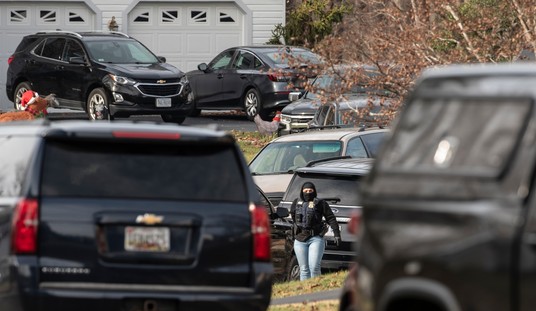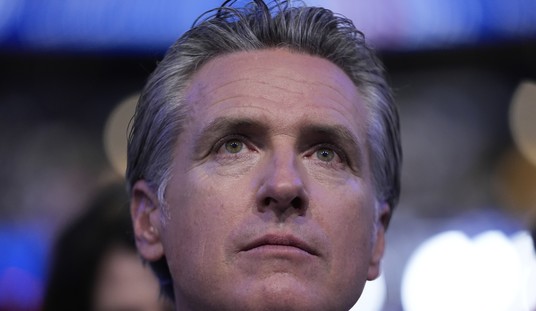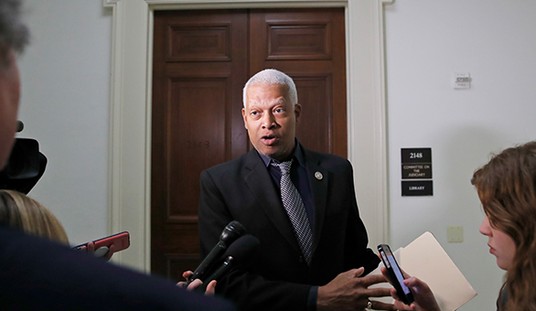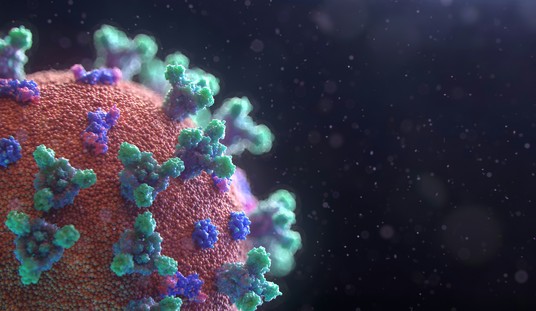I know you might be reading the headline and thinking, "obviously," but as a resident of California, the local news usually minimally criticizes the Democrat leadership. But lately, they have been calling out the legislature, Los Angeles Mayor Karen Bass, and Gov. Gavin Newsom since the wildfires spread in several cities of Los Angeles County.
This particular study, being reported by KTLA, shows how the deranged policies of the Democrat supermajority have impacted gas prices and hurt middle and working-class Californians.
California’s high gas prices are primarily a result of state policies, regulations, and taxes rather than price gouging, according to a study by Michael Mische of USC’s Marshall School of Business. After analyzing 50 years of gas prices, Mische found no widespread evidence of oil company greed but rather a regulatory environment that increases costs throughout the supply chain.
Mische said:
“The data is overwhelmingly compelling. There is no evidence of price gouging, either by gas station owners or refiners or oil producers in the state — at least widespread."
“It is uniformly acknowledged that California has the most stringent regulatory … environment, for oil and gas companies in the world,” the study reads in part. “Regulatory oversight, irrespective of one’s (political) perspective, is layered into and accumulates throughout the supply chain, ultimately adding to the cost burdens of compliance for oil and gas industry operators, which, in turn, contribute to higher consumer prices at the pump.”
The state has the most stringent oil and gas regulations in the world, requiring compliance at multiple levels. This, combined with high fuel taxes—currently 59.7 cents per gallon, the highest in the nation—directly impacts consumer prices. California’s Cap-and-Trade Program, implemented in 2015 to reduce greenhouse gas emissions, further drives costs up by passing financial burdens onto consumers.
Additionally, California has pushed refineries out of the state, limiting local oil production and creating supply shortages.
Mische added:
“California is facing perhaps a severe supply shortage,” he said. “Supply has come down faster than demand. Simple economics will tell you … prices will go up.”
Newsom has blamed oil companies for price spikes, signing a price-gouging bill and creating a petroleum watchdog. However, experts argue that these measures do not address the core issue: California-specific policies. Patrick DeHaan of GasBuddy notes that these costs are unique to California, which explains why the state’s gas prices are nearly $2 higher than the national average.
CA just introduced a first in the nation bill that will stop oil companies from ripping you off at the pump. Time to put that money back in your pocket. pic.twitter.com/x77sxeaclN
— Gavin Newsom (@GavinNewsom) December 6, 2022
Fast-forward to 2025, and 31 states have seen a decrease in gas prices since President Trump took office, while California has seen an increase. It's easy to pass the blame, and that is what Newsom does best, but the facts are not on his side.
Chevron taking a shot at California at this gas station in West LA. pic.twitter.com/pGJj1BTU5J
— Bill Melugin (@BillMelugin_) March 25, 2025
Looking ahead, Newsom remains committed to banning new gas-powered vehicle sales by 2035, but Mische questions the feasibility of this transition, citing infrastructure and consumer adaptation challenges. He warns that gas prices will continue to rise, making affordability a growing concern for California’s working and middle-class families.
Gavin Newsom has been trying to pivot to the center as he apparently mulls a presidential run.
We’re not going to let him or the voters forget his radical, damaging record. Help us report the truth by becoming part of the RedState team. Join our VIP membership today, and use promo code FIGHT to get a whopping 60% off!













Join the conversation as a VIP Member